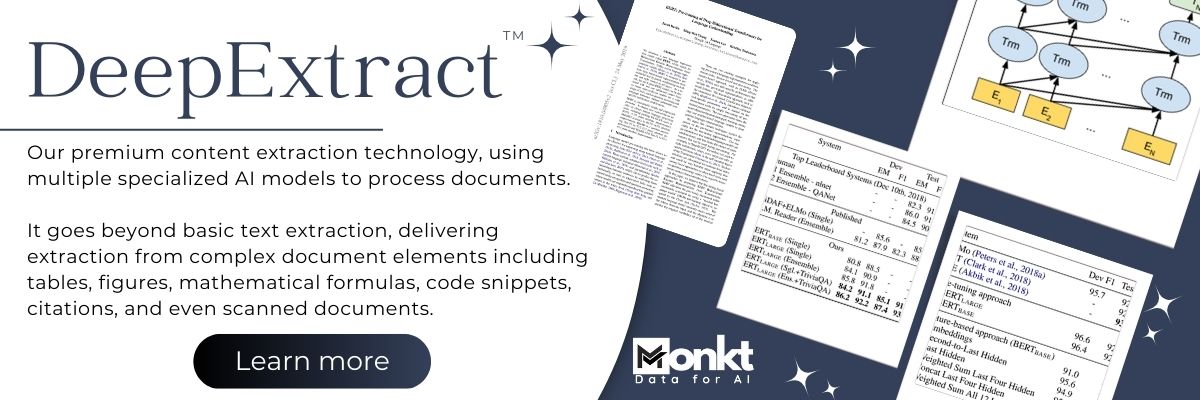Document Automation Tools — The Ultimate Guide for 2025

The evolution of automated document generation software has revolutionized how businesses handle paperwork. From small businesses to large enterprises, document automation tools are becoming essential for maintaining efficiency and accuracy in an increasingly digital world. Let's explore how these transformative technologies are reshaping business operations.
Understanding Document Automation Software
Modern document automation software goes far beyond simple template filling. Today's automated document creation software integrates artificial intelligence, natural language processing, and machine learning to understand, process, and generate complex business documents. These systems can handle everything from contracts and invoices to compliance reports and customer communications.
The Power of Automated Document Generation
Business document automation is transforming operations across industries. Consider a law firm that previously spent hours drafting contracts: automatic document generation now allows them to create accurate, customized legal documents in minutes. The best document automation software doesn't just save time—it enhances accuracy and consistency while reducing operational costs.
Key Features of Modern Document Automation Solutions
Today's automated document solutions offer sophisticated capabilities that set them apart from traditional document management systems:
Intelligent Data Extraction
Advanced OCR and AI technologies can extract information from various sources, including scanned documents, emails, and digital forms. This data feeds directly into automated document generation workflows, ensuring accuracy and eliminating manual data entry.
Learn more about the concept of intelligent data extraction.
Template Management and Customization
Modern document automation tools provide flexible template systems that adapt to specific business needs. Users can create, modify, and manage templates while maintaining brand consistency and compliance requirements.
Integration Capabilities
The best document automation software seamlessly integrates with existing business systems, from CRM platforms to accounting software. This integration ensures smooth data flow and maintains operational efficiency.
Compliance and Security
Automated document solutions incorporate robust security features and compliance checks, crucial for industries handling sensitive information. These systems maintain audit trails and ensure adherence to regulatory requirements.
Real-World Applications and Benefits
Financial Services
Banks and financial institutions use automated document generation software to process loan applications, generate statements, and manage regulatory documentation. This automation reduces processing time from days to hours while ensuring compliance.
Learn more about how document processing solution improve operations in financial industry.
Legal Services
Law firms implement document automation tools to draft contracts, agreements, and legal correspondence. The software ensures accuracy in legal language while significantly reducing document preparation time.
Healthcare
Medical facilities utilize business document automation for patient records, insurance claims, and regulatory documentation. This improves patient care while maintaining strict compliance with healthcare regulations.
Learn more about document processing in healthcare.
Choosing the Right Solution
When selecting document automation software, consider these factors:
- Scalability to grow with your business needs
- Integration capabilities with existing systems
- User-friendly interface for quick adoption
- Customization options for specific requirements
- Security features and compliance standards
- Quality of customer support and training
Implementation Best Practices
Successful implementation of automated document creation software requires careful planning:
Phase 1: Assessment and Planning
Evaluate current document workflows and identify automation opportunities. Set clear objectives and success metrics.
Phase 2: Solution Selection
Choose automated document solutions that align with your specific needs and integrate with existing systems.
Phase 3: Implementation and Training
Roll out the system in phases, starting with pilot projects. Provide comprehensive training to ensure user adoption.
Phase 4: Optimization
Continuously monitor performance and gather user feedback to optimize workflows and templates.
Future Trends in Document Automation
The future of document automation tools looks promising, with emerging trends including:
- AI-powered content generation and optimization
- Enhanced natural language processing capabilities
- Improved mobile accessibility and cloud integration
- Advanced analytics and reporting features
- Blockchain integration for document verification
Measuring Success and ROI
Successful implementation of document automation software typically shows results in:
- Reduced document processing time (often by 80% or more)
- Decreased error rates and improved accuracy
- Lower operational costs
- Improved compliance and reduced risk
- Enhanced customer satisfaction
- Better employee productivity and satisfaction
Conclusion
The right automated document generation software can transform business operations, leading to significant improvements in efficiency, accuracy, and cost-effectiveness. As technology continues to evolve, organizations that embrace these tools position themselves for success in an increasingly digital business landscape.
For businesses considering the transition to automated document solutions, the key is selecting the right tools and implementing them strategically. With proper planning and execution, document automation can become a powerful driver of business success and competitive advantage.
